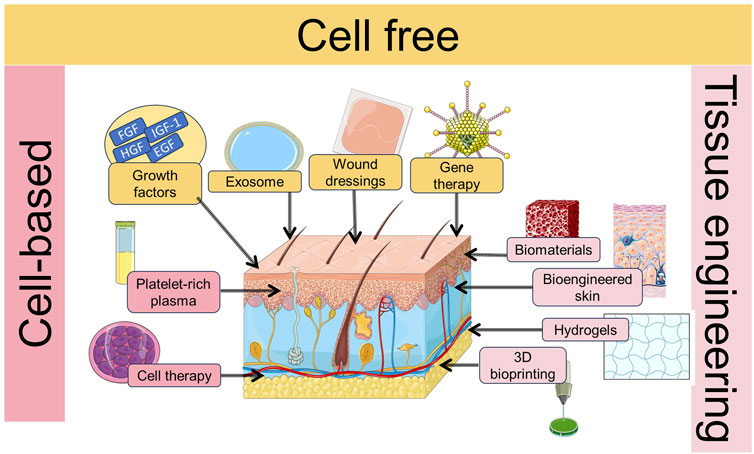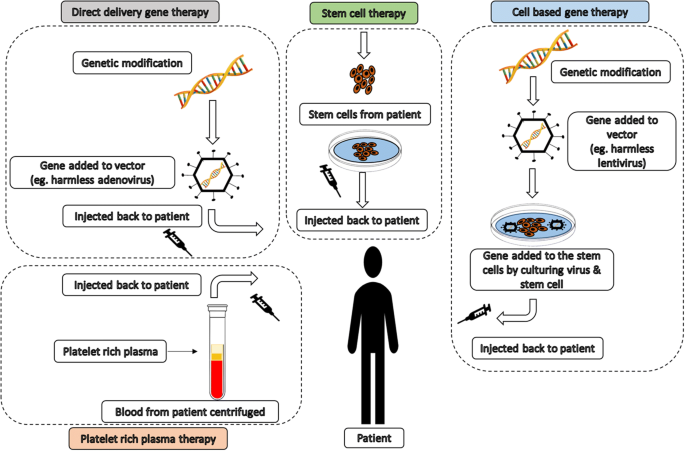
[/image][=video]
[/video]
Most websites used for bone marrow harvesting are situated in the hip bones and the sternum. In recuperation, the benefactor may experience some pain in the areas where the needle was placed.

If an autologous transplant is planned, previously collected stem cells, from either outer (apheresis) or harvest, are counted, screened, and all set to instill. The preparations for a bone marrow transplant differ depending on the kind of transplant, the condition needing transplant, and your resistance for specific medicines. Consider the following: Usually, high dosages of radiation treatment and/or radiation are consisted of in the preparations.
This therapy is typically called ablative, or myeloablative, due to the effect on the bone marrow. The bone marrow generates most of the blood cells in our body. Ablative treatment prevents this process of cell manufacturing and the marrow ends up being vacant. An empty marrow is required to make area for the brand-new stem cells to expand and develop a new members cell manufacturing system.
It is not a surgical treatment to place the marrow right into the bone, yet is similar to getting a blood transfusion. The stem cells find their means into the bone marrow and start duplicating and expanding brand-new, healthy and balanced blood cells. After the transplant, supportive care is offered to avoid and deal with infections, side effects of treatments, and problems.
Medical Group around Sterling Heights
The days prior to transplant are counted as minus days. The day of transplant is taken into consideration day no. Engraftment and recovery following the transplant are counted as plus days.
The days are phoned number to assist the client and family recognize where they are in regards to threats and discharge planning. During infusion of bone marrow, the client may experience the following: Pain Chills Fever Hives Chest pain After infusion, the individual may: Spend a number of weeks in the medical facility Be very prone to infection Experience too much blood loss Need blood transfusions Be constrained to a clean environment Take several antibiotics and other medicines Be offered medicine to stop graft-versus-host diseaseif the transplant was allogeneic.
Depending on the sort of transplant and the disease being dealt with, engraftment normally takes place around day +15 or +30. Blood counts will be examined typically throughout the days adhering to transplant to review initiation and development of engraftment. Platelets are usually the last blood cell to recoup. Engraftment can be postponed due to infection, medications, low given away stem cell count, or graft failure.
Anti-biotics, antifungal medicines, and antiviral medications are frequently offered to attempt to prevent serious infection in the immunosuppressed person. Thrombocytopenia (reduced platelets) and anemia (low red blood cells), as a result of a nonfunctioning bone marrow, can be unsafe and even serious.
Liquid overload is an issue that can lead to pneumonia, liver damage, and high blood pressure. The primary reason for fluid overload is due to the fact that the kidneys can not keep up with the big quantity of liquid being provided in the form of intravenous (IV) medications, nutrition, and blood items.
Menopause Therapy

Breathing status is an essential feature that might be endangered throughout transplant. Infection, swelling of the airway, liquid overload, graft-versus-host disease, and blood loss are all prospective lethal issues that might take place in the lungs and pulmonary system. The liver and heart are essential body organs that might be damaged during the transplant procedure.
Failure of the graft (transplant) holding in the marrow is a prospective issue. Graft failure might happen as a result of infection, reoccurring disease, or if the stem cell matter of the contributed marrow wanted to cause engraftment. Graft-versus-host illness (GVHD) can be a significant and serious complication of a bone marrow transplant.
In contrast to a body organ transplant where the patient's immune system will attempt to deny only the hair transplanted organ, in GVHD the new or transplanted body immune system can attack the whole person and all of his/her body organs. This is because the brand-new cells do not recognize the tissues and organs of the recipient's body as self.

One of the most typical websites for GVHD are GI system, liver, skin, and lungs. Diagnosis significantly depends on the following: Kind of transplant Type and level of the illness being dealt with Illness response to therapy Genes Your age and overall health Your tolerance of specific medicines, procedures, or treatments Seriousness of problems Similar to any kind of procedure, in bone marrow transplant the prognosis and lasting survival can vary considerably from one person to another.
Menopause Treatment
Constant follow-up care is vital for the individual complying with a bone marrow transplant. New methods to enhance therapy and to reduce issues and side impacts of a bone marrow transplant are continuously being discovered.
Accessed June 5, 2017. The hope is to recover damaged tissue that will certainly not effectively recover by itself. Regenerative medicine treatments can be divided into 3 categories: promote recovery by injecting or positioning live cells right into the person. Examples of cellular therapy include PRP and stem cell therapies, which can be utilized to deal with tendinopathy and various other sports injuries.
Phys Med Rehabil Clin N Am. 2014; 25( 4 ):881 -95. As time passes, private physicians find out and share information, improving the application of these therapies. See Are PRP Shots Effective?Until much more is recognized, regenerative medicine therapies are ruled out basic method and insurance policy strategies commonly do not cover them. Many clients want to pay out-of-pocket. is progressing promptly with advancementsin stem cells, genetics therapy, and tissue design. This article looks into these cutting-edge methodologies, highlighting their transformative possibility for tissue and body organ repair work. are poised to reinvent medical treatments and boost individual end results. Cell regeneration, the process of bring back lost cells to recoup normal function, varies across various tissues and body organs. In Drosophila larval wing discs, cells immune to apoptosis aid tissue regrowth. Mouse figure pointer regrowth is moderated by the blastema, including various progenitor cells, as highlighted in this research study.: The diversity of cells within a cells can impact regeneration. Outer nerves, as an example, include Schwann cells, nerve fibroblasts, and immune cells, each playing a duty in nerve regrowth, as gone over here. These variables connect dynamically, making cell regeneration a complex process that varies based upon the details cells or body organ. Cell regeneration plays an important role in keeping the body's overall wellnessand health. It is in charge of fixing and changing damaged or aging cells, ensuring the appropriate functioning of body organs and tissues. Efficient cell regeneration therapy can substantially influence the treatment of different medical conditions, consisting of degenerative conditions, injuries, and also the aging procedure. A number of substantial turning points have marked the progress of cell regeneration study. In the late 18th century , Italian biologist Lazzaro Spallanzani performed introducing experiments on the regrowth of amphibian arm or legs, supplying evidence for the regenerative capacity of specific microorganisms. In the 20th century, the discovery of stem cells by Canadian researchers Ernest McCulloch and James Till changed the field. Harold E. Varmus, who played an essential function in illuminating the hereditary basis of cancer, and Dr. Michael S. Brown and Dr. Joseph L. Goldstein, that discovered the function of low-density lipoprotein (LDL) receptors in cholesterol metabolism. Stem cell therapy is one of one of the most extensively investigated and promising branches of cell regrowth therapy. This irritant activates a localized inflammation feedback, which motivates the release of growth factors and the recruitment of regenerative cells. Over time, the regenerative cells promote the repair work and regrowth of damaged tissues, supplying relief to people experiencing persistent musculoskeletal discomfort or joint instability. Cartilage regrowth treatment concentrates on bring back damaged or degenerated cartilage material, which plays an essential function in joint feature and wheelchair. Some cells, such as epithelial cells in the skin or the cellular lining of the gastrointestinal system, have a high turnover price and can regenerate promptly. In comparison, cells in the central nerve system, such as nerve cells, have actually restricted regenerative ability. This disparity is mainly due to the complexity of the cells, the presence of repressive factors, and the mobile environment. Cell regeneration therapy uses promising options for speeding up injury healing and dealing with different injuries.
Navigation
Latest Posts
Perimenopause Treatment
Medical Group
Stem Cell Therapy